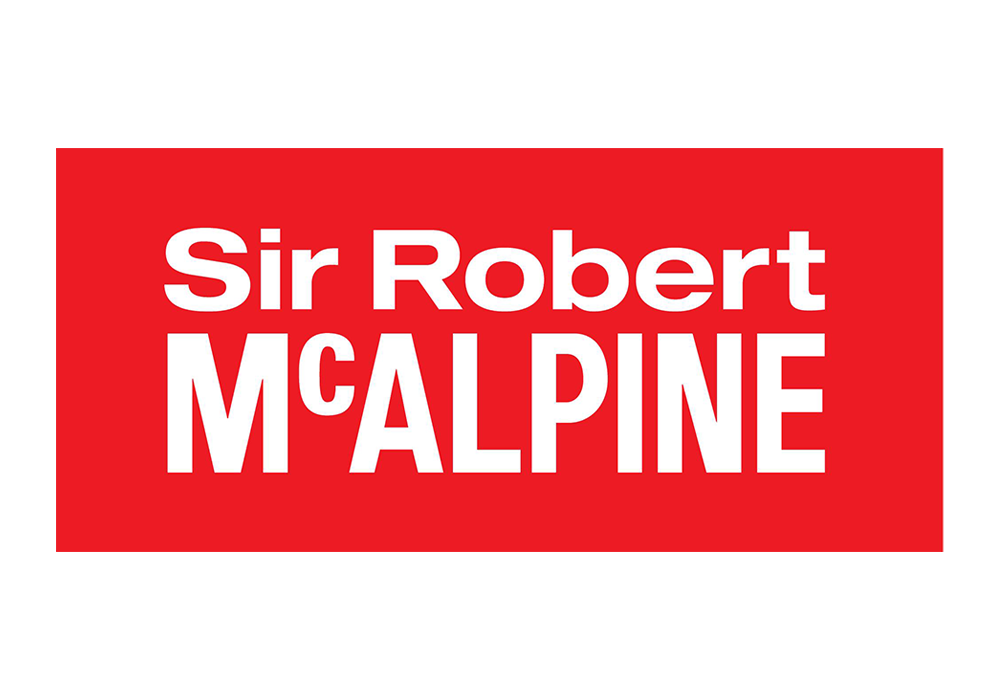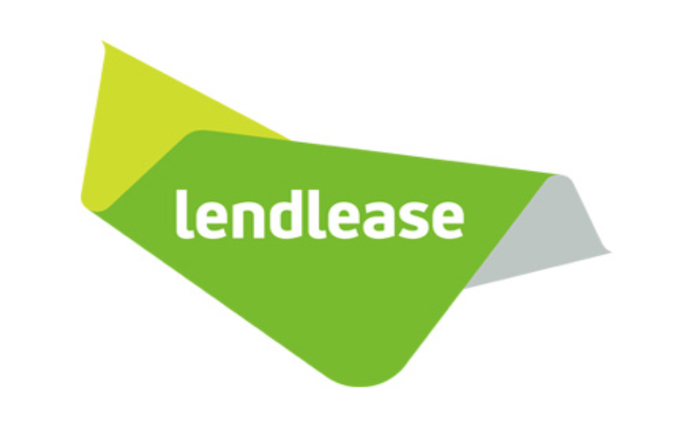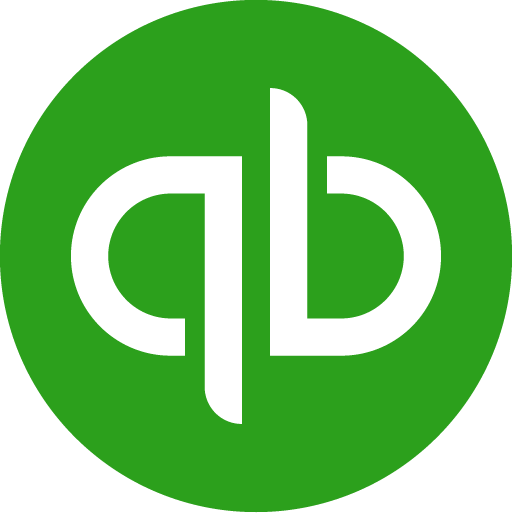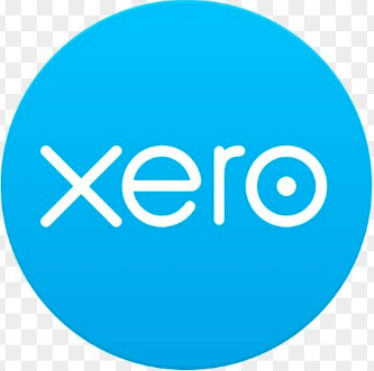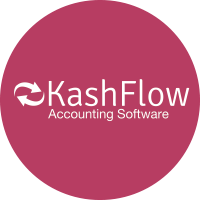Making Tax Digital for income tax, albeit pushed back by a year, is still very much on the HMRC agenda. But there have been significant changes along the way, not all for the better!
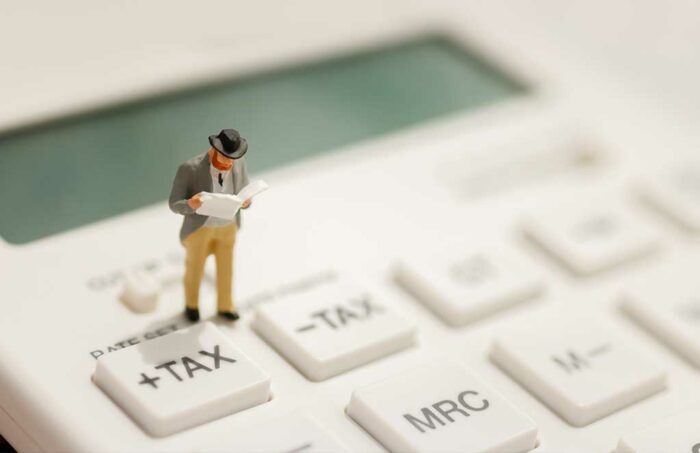
Unincorporated clients with trading turnover or gross rental income above £10,000 pa will be included in the new reporting framework.
The De minimis limit applies to total income, so that if a client has a mix of business and property income, the figure to look to is the combined total.
Timescale
The main point here is that start date now depends on your business structure, as follows:
• Sole traders and unincorporated landlords start from 6 April 2024.
• General partnerships start from 6 April 2025.
• Other partnerships (e.g., those with corporate partners, and LLPs): no start date yet given.
The requirement is for new sole traders and landlords to join the scheme at the beginning of the tax year following the 31 January filing date for their first self-assessment tax return (SATR) – although they can join voluntarily before this.
What do you need to do?
The basic answer is:
• keeping accounting records in digital form, such records being created at least before the quarterly filing is due;
• making a quarterly return of income and expenditure.
• making an end of period statement.
The big change, however, is that quarterly returns are to be made to standard quarters. This has major implications for practice workload, meaning all clients enter MTD ITSA together, rather than entering according to accounting date, as had originally been proposed.
A quarterly return will be needed for each trading or property business, resulting in some clients filing multiple submissions.
MTD Reporting
HMRC acknowledge quarterly submissions by sending clients an estimate of the tax liability.
Ultimately this will result in the end of the yearly tax return and the diminution of the tax gap.
The treasury is concerned with unrecorded sales, the cash economy, and false invoicing. The tools to tackle this are many and various. In Finland, for example, ATM withdrawals are monitored. They are summarised by credit/debit card number and cardholders identified by card number (for domestic issued cards) or by other means for cards issued abroad.
A photograph is taken at the ATM to identify the person withdrawing the cash, and this is available to the tax authority through online connection.
HMRC have big data analytics at its disposal in a way it has never had before, and MTD submissions will provide a regular grist to the analytic mill.
The takeaway message is that HMRC, like other tax authorities round the world, are increasingly looking for a ‘single point of truth’: a consistent digital footprint. Where there isn’t consistency, mismatches in data can be passed back to the business (and its agent) for them to reconcile: or risk being taxed on the difference.
If you want advice on tax and the way your currently operating. Contact us today for FREE consultation.
For more information you can read the full HMRC guidance is here www.gov.uk/government/collections/making-tax-digital-for-income-tax.




